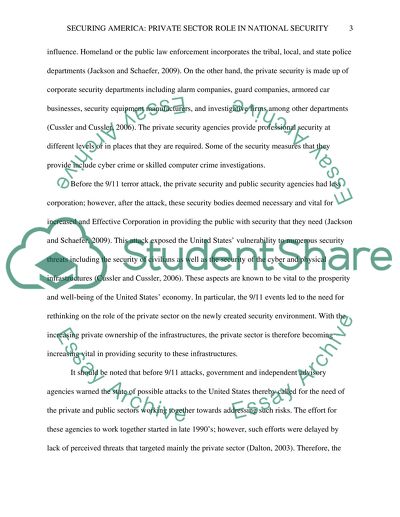Cite this document
(Securing America and Private Sector Role In National Security Term Paper, n.d.)
Securing America and Private Sector Role In National Security Term Paper. Retrieved from https://studentshare.org/politics/1679962-securing-america-private-sector-role-in-national-security
Securing America and Private Sector Role In National Security Term Paper. Retrieved from https://studentshare.org/politics/1679962-securing-america-private-sector-role-in-national-security
(Securing America and Private Sector Role In National Security Term Paper)
Securing America and Private Sector Role In National Security Term Paper. https://studentshare.org/politics/1679962-securing-america-private-sector-role-in-national-security.
Securing America and Private Sector Role In National Security Term Paper. https://studentshare.org/politics/1679962-securing-america-private-sector-role-in-national-security.
“Securing America and Private Sector Role In National Security Term Paper”, n.d. https://studentshare.org/politics/1679962-securing-america-private-sector-role-in-national-security.


